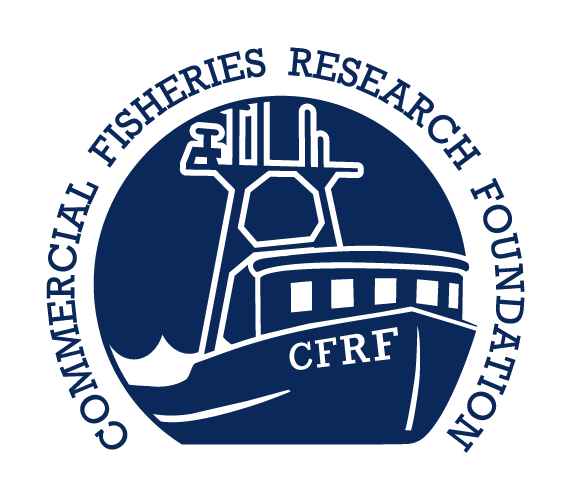Monitoring Technologies for Ghost Gear and Biodiversity
general description:
This project, led by the University of Rhode Island and in collaboration with INSPIRE Environmental, the Scripps Institution of Oceanography at the University of California, San Diego, and the Woods Hole Oceanographic Institution aims to monitor biodiversity and address ghost gear around the Revolution Wind Farm using multiple technologies. The Commercial Fisheries Research Foundation’s role is focused on ghost gear.
Lost or derelict fishing gear, known as ghost gear, is a major environmental problem impacting ocean health and coastal communities. The development of offshore wind turbine structures poses a new challenge in the accumulation and removal of ghost gear within wind farm arrays. The accumulation of ghost gear can occur when commercial fishing gear becomes snagged within wind farm arrays and fishermen are hesitant to retrieve the gear over safety concerns of drifting too close to the structures. The Bureau of Ocean Energy Management includes ghost gear as an impact of offshore wind on benthic resources and an economic impact on commercial and recreational fisheries, concluding that the presence of turbines and supporting structures may entangle fishing gear contributing to lost and damaged fishing gear.
In addition, there is debate on whether certain types of ghost gear (ghost traps) should be removed, as it potentially represents a source of new habitat structure for marine species. Only a few studies have been conducted on the Atlantic coast to evaluate the effect of bycatch mortality in abandoned traps. This is because it is difficult to collect data on the catch and associated mortalities attributed to ghost gear traps. Even fewer studies have looked at the behavior of marine species around these derelict traps or offshore wind structures.
Project Goals:
The ghost gear component of this study aims to:
Identify areas of ghost gear accumulation around the Revolution Wind Farm and implement a fishing vessel-based ghost gear removal program in federal waters off the coast of southern New England
Assess the potential of Remotely Operated Vehicles to monitor ghost gear around wind turbines
Monitor and assess the interaction of marine organisms with ghost gear to determine how long lost or abandoned traps will fish, what species are caught over time, and pilot underwater video as a tool to collect data on the behavior of target and bycatch species in ghost gear
project team:
INSPIRE Environmental
Kathleen Vigness-Raposa
Scripps Institution of Oceanography, University of California San Diego
Ying-Tsong Lin
Woods Hole Oceanographic Institution
John Kemp
Commercial Fisheries Research Foundation
Susan Inglis - CFRF Project Lead
N. David Bethoney
The University of Rhode Island - Overall Project Lead
James H. Miller
Gopu Potty






